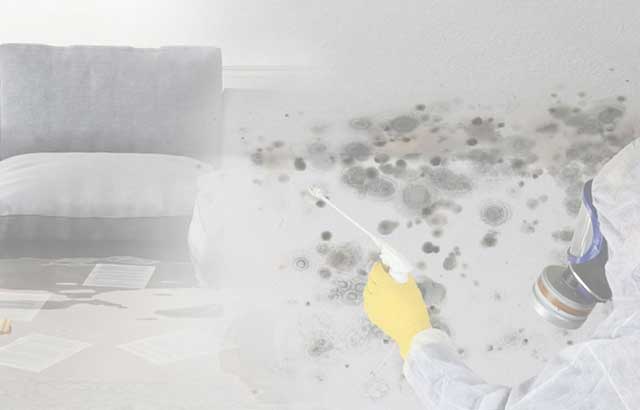Protecting Against Water Damage in the Bathroom
Protecting Against Water Damage in the Bathroom
Blog Article
The publisher is making several good pointers relating to How to Fix a Water Damage Bathroom as a whole in this great article followed below.

The bathroom is extremely at risk for damp accumulation and possible water damage due to the constant use water in it. This short article offers straightforward examination techniques to aid identifying water damages hazards.
The constant use water in the restroom makes it extremely prone for moist build-up and possible water damages. By inspecting it regularly, you can minimize water relevant damages.
The following set of inspections is simple to perform as well as should be done once in every 3 months in order to maintain your shower room in good shape and to stop potential water problems caused by the tub, the shower, pipe joints as well as plumbing, sinks, cabinets, and also the toilet
Do not forget performing these examinations and be detailed while performing them. Remember that these straightforward evaluations can conserve you a lot of cash by providing early signs for water damage
Tub and Shower
The shower as well as bath tub require unique attention and upkeep. Check the floor tiles and change if cracked. Make certain that there is no missing cement in between the ceramic tiles. Evaluate and change fractured caulking at joints where the walls satisfy the flooring or the bathtub. Blocked drains pipes and pipes troubles will stop the bathtub from drying and may show major troubles beneath the tub. Seek advice from an expert quickly to prevent architectural damages. Take note of discolorations or soft locations around the bath tub wall surfaces as they may suggest an inner leakage.
Plumbing
Signs for water damage are hard to discover considering that the majority of pipes are installed inside the walls.
Pay unique focus to floor covering and also walls moisture as well as spots as they might show an invisible plumbing problem. Check wetness levels in adjacent areas too.
Sinks and also Cabinets
Sinks and also cabinets are exposed to dampness and also moisture day-to-day and are often neglected. Inspect frequently under the sink as well as on the counter top above it. Repair any drip in the trap as it might recommend drainpipe troubles. Look around the sink, slow draining pipes may indicate a blocked drain. Replace sink seals if they are split or loosened.
The Commode
The commode is an at risk water junction. Check the water lines and search for leaks around the toilet seat, in the hose pipe, as well as under the water storage tank. If you discover any type of indications of wetness on the floor around the bathroom, check for leaks in the toilet rim as well as storage tank seals.
Understand that hanging bathroom bowl deodorants enhances the chances for blockages.
Water Damage Signs In The Bathroom To Avoid Cleanup
Musty smell
This is one of the easiest signs to catch because musty smells are so odorous. The damp, earthy, moldy smell should be a big red flag. The smell will develop when moisture gets trapped in surfaces, and begins to facilitate mold growth. Leaking pipes under cabinets, inside walls, and behind shower fixtures will cause moisture to stay trapped and not dry, which will lead to mold growth and spread. As soon as you notice any musty smells in your bathroom, have it checked for hidden water damage and cleanup signs.
Visible mold
If the smell isn’t there to give it away, sometimes you will actually see mold growth. Finding mold in your bathroom is a serious problem, because mold is very harmful to your health. By the time mold growth is visible, it also means that water damage has already occurred and been present for some time. The only way the mold problem can be resolved is to find the source of the moisture and get it stopped. To safely and adequately remove mold, you need to have professionals handle the remediation. Do not waste any time in getting mold problems addressed, fixed, and sanitized so that you can protect you and your family from the many respiratory symptoms caused by mold exposure.
Damaged floors
Bathroom floors should be able to withstand some exposure to water while still remaining in good condition. However, when excess exposure or water leaks occur, they will begin to damage even the most water-resistant flooring. If you notice any cracking, bubbling, staining, or warping on your bathroom floors, there is probably a water leak somewhere causing the distortion. If you notice areas of the floor have become softer, or even have a spongy feeling, there is probably damage to the subfloor. Subflooring is typically made up of plywood. When plywood is exposed to water or moisture, it will absorb it. Once it has become saturated, the weight of the excess water will cause the wood to swell and soften. Check the floors in your bathroom frequently to catch any of these sings before they lead to damaged subflooring.
Changes on walls
When water leaks behind walls, it will cause changes in the drywall. Peeling plaster, blistering paint, and soggy wallpaper are all good indicators that excess water is building up behind the wall. Water leaking behind drywall will cause it to swell and be soft to the tough. If you start to notice gaps along the trim of your walls, or where tile meets the wall, it could also be a strong indicator that there is a leak behind the wall. Any changes, distortion, or damage on the walls should be evaluated as soon as you notice it to prevent further water damage and cleanup.

I came across that page on How to Prevent Bathroom Water Damage while doing a search on the web. Enjoyed our posting? Please share it. Let others find it. I enjoy reading our article about How to Prevent Bathroom Water Damage.
Estimate Report this page